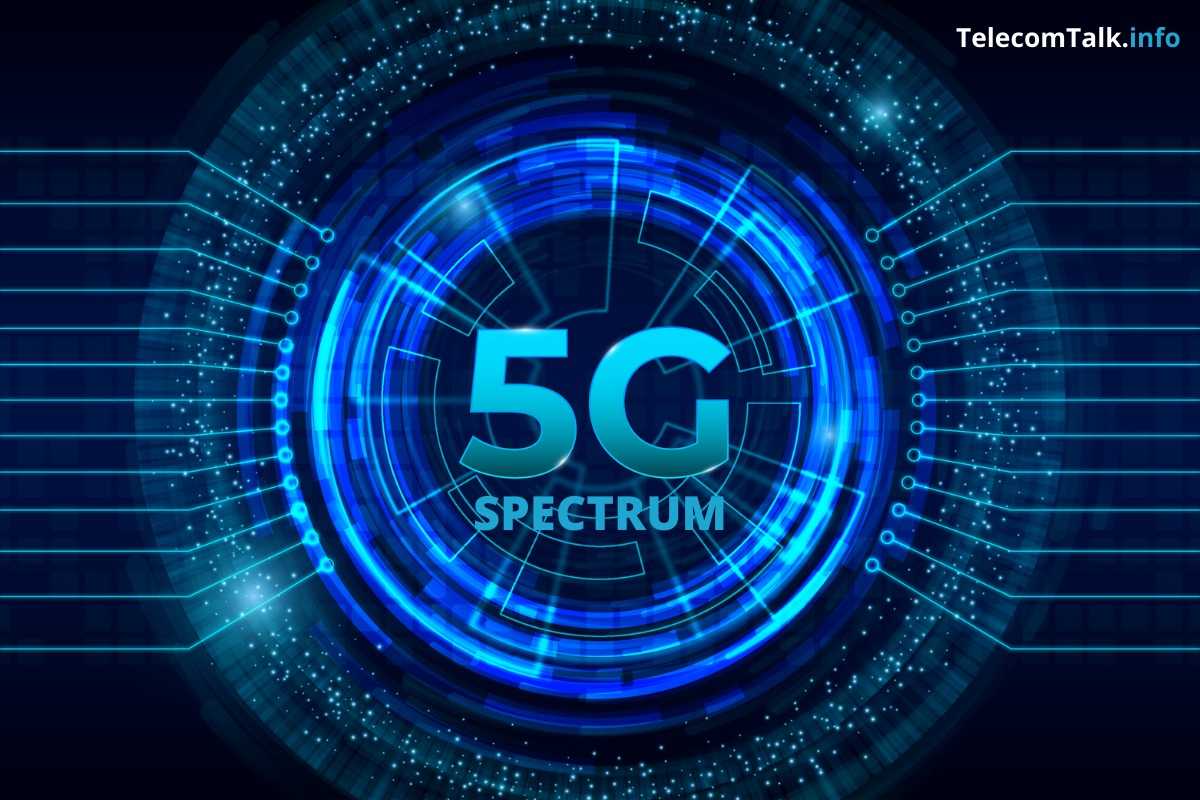
5G is the next evolutionary leap in the tech industry. The wireless technology is being designed around the globe to offer seamless internet connectivity to users with low latency, high bandwidth, reliable connection and immersive experience. If you have been following the development of 5G, you must have heard about the allocation of spectrum to develop the 5G ecosystem. In case you are not aware of the 5G spectrum, follow the article till the end for a simple and detailed guide regarding the 5G spectrum.
What is Spectrum?
In simple terms, spectrum is a sovereign asset. It means the radio frequencies that are allocated to the mobile industry and other sectors for communication purposes over airwaves. The frequencies that we use for wireless communication in our daily lives for using our mobile devices for various purposes is known as the electromagnetic spectrum. The electromagnetic spectrum is divided into portions that are further grouped in bands depending upon their wavelength. The portion used for wireless communication lies between 20 Khz and 300 Ghz.
How Does Spectrum Work?
As we mentioned above, the electromagnetic spectrum is grouped into bands depending upon their wavelengths. All these bands have different characteristics, and for the purpose of wireless communication, mostly spectrum is divided into three categories which are low, mid and high band spectrum. Since we are eyeing the 5G technology, all three spectrum bands are essential for developing the 5G bubble around the globe. Before jumping onto the spectrum band necessities for the 5G network, it is essential to understand the three different types of spectrum.
· Low-Band Spectrum (Under 3 GHz): Low-Band spectrum is the foundational stone of modern wireless communications. There are minimal signal interruptions, and the spectrum band travels longer distances.
· High-Band Spectrum (Above 24 GHz): High-Band spectrum is essential and necessary for the 5G network. Even though the spectrum band covers shorter distances, it provides high-capacity and ultra-fast speed networks.
· Mid-Band Spectrum (Between 3 Ghz and 24 GHz): In simple words, the mid-Band spectrum blends the properties of low and high band spectrum and offers mixed coverage and capacity.
The spectrum frequencies are diverted in our mobile devices through cell towers. All the cell towers form cell sites. Normally we see traditional 150-foot cell towers. However, to develop 5G rapidly, small cells are also being deployed for densifying network coverage for mid and high-band spectrum.
5G Spectrum
Now, since we know the importance and definition of the spectrum, it is essential to understand the core of the 5G spectrum. The 5G spectrum is needed across low, mid and high bands for dense and seamless connectivity. The low band spectrum is essential for a 5G footprint because of its widespread coverage. With the help of low band spectrum frequencies, telecom operators can extend the coverage of the 5G network in urban, suburban and rural areas. The good mixture of coverage and capacity that the mid-band spectrum provides is also essential for the 5G network.
Nearly the majority of the 5G development is taking place in the 3.5 GHz range (3.3 GHz-4.2 GHz). In the coming future, telecom operators will be eyeing different spectrum bands in the 3.5 GHz, 6 GHz, 10 GHz and 4.8 GHz. The entire globe is also focusing on 26 GHz and 40 GHz bands. Regulators have also got the freedom to assign mmWave spectrum. Already, the 28GHz spectrum is being used in commercial networks.
Since Spectrum is a sovereign asset, the government and designated national regulatory authority manage the needed spectrum licenses. Spectrum can be licensed and used for specific purposes by the providers. If the spectrum band is unlicensed, it can be used by anyone for providing communication services. We can agree that spectrum is a difficult and tricky concept. However, for all the benefits and services that the 5G network offers, an efficient spectrum band is essential for providers. It will be the core component of wireless communication.















